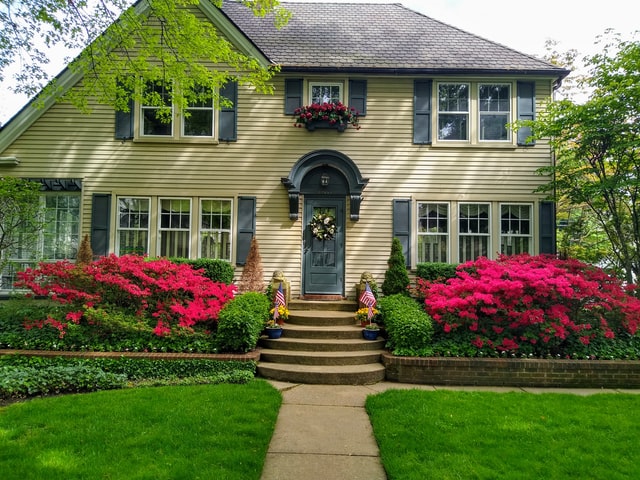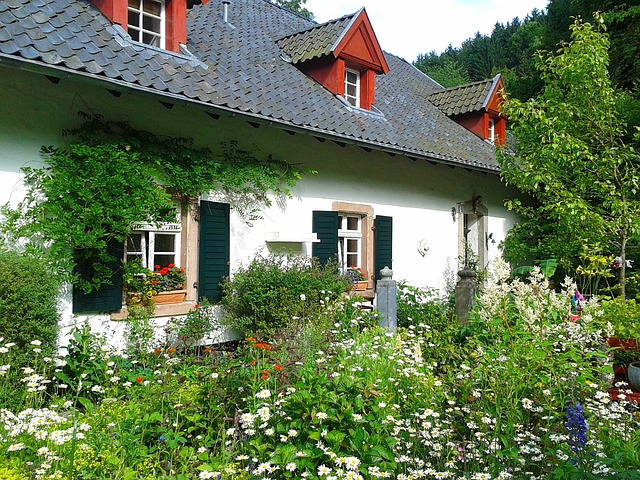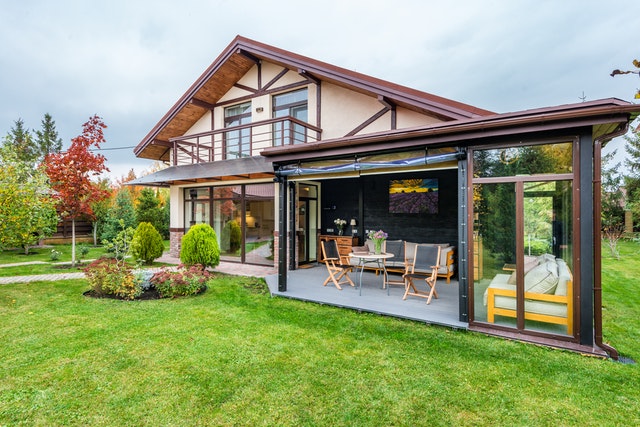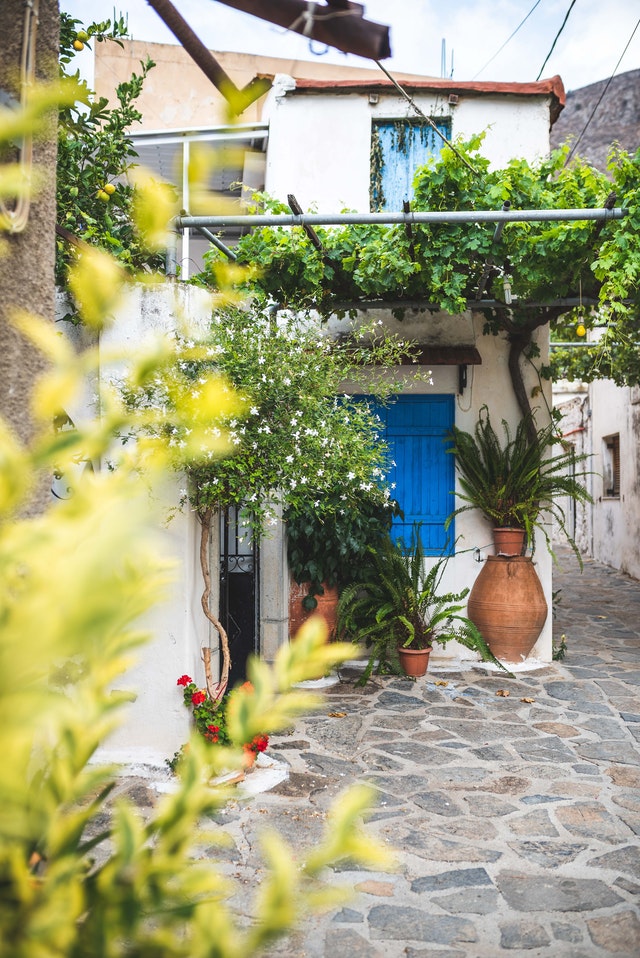“Accidental” still life groups can be found anywhere. The way in which a pair of muddy rubber boots sat on the terracotta tiled steps proved irresistible for a thumbnail sketch.
Sheds And Outbuildings
At the bottom of many gardens are to be found wooden sheds or brick outbuildings. They are often passed by for more instantly obvious subjects in a garden such as gnarled trees, flower beds, stone fountains, and so on, but these structures can themselves be visually attractive subjects.
While the appearance of an old, weather-beaten, musty potting-shed can be particularly appealing from the outside, you may well find a whole host of treasures inside, ranging from cracked terracotta pots to rusting garden implements and wheelbarrows. If space is tight and you cannot get inside to paint these wonderfully textured subjects, why not take them outside and arrange them yourself. We have already considered “accidental” still life groups, but there is no reason at all why you should not establish an intentional still life group where you take control of the colors, shapes, shadows, and textures, and how they all work together in a composition.
Visual Interaction
Much of the appeal, however, of this type of painting is considering how the fabric of the old garden buildings and gardening implements visually interact. Shadows cast onto overlapping wood, for example, need to be carefully observed for the jagged shapes that are produced.
Garden Shed
12 × 9 in (30 × 23 cm)
Shadows cast onto overlapping timbers create a “jerky” effect. Notice, too, that the interplay of shapes to be found when gardening implements are stacked up can help to make a composition work particularly well. Tar paper roofs are usually held on with nails and these can provide an interesting feature to an otherwise dull line of paint.
The way in which many objects share a similar texture, but are separated by strength of color is also a consideration. For example, terracotta pots and rotting wood share remarkably similar textures, both of which may be created by watermarks and granulation, but they are visually separated by their respective colors-the pots would still retain some of the glow of Burnt Sienna while the wood would likely fade to a dull gray tone.
Lighting is an important consideration when seeking a subject to paint. Strong side lighting, or even lighting from behind, can produce some atmospheric pictures.
The rusting iron texture of this watering can is helped by the granulating effects of Burnt Sienna, Burnt Umber, and French Ultramarine, all applied separately to wet paper and allowed to bleed and dry unaided. The deepest tones were created by mixing Burnt Umber and French Ultramarine and applying this to dry paper. Look for the “underneath” of handles and this will help you to record the way that they appear to twist and turn.
Old outbuildings with “stable doors” always provide some interesting features to record. This open door required a little perspective to ensure that it appeared to be sitting at an angle and was not flat against the wall. This was helped even more by the addition of the shadows.





